Virtual showrooms are changing how businesses show products and talk to customers online. At DesignersX, we make custom virtual showrooms that use new technology but don’t cost too much. This guide explains the costs, how to set one up, and tips for making a great virtual showroom that can help your business online.
Key Takeaways
| Aspect | Details |
|---|---|
| Cost Range | $50,000 – $500,000+ depending on complexity and features |
| Primary Technologies | 3D Modeling, AR, VR, Interactive UI |
| Implementation Time | 3-12 months based on project scope |
| Key Benefits | 24/7 Access, Global Reach, Enhanced Customer Engagement |
| ROI Factors | Increased Sales, Reduced Physical Showroom Costs, Data-Driven Insights |
Understanding Virtual Showroom Technology
Virtual showrooms use cool technology to make digital spaces where customers can look at products in new ways. These showrooms use several high-tech tools to make the experience fun and easy for users:
- 3D product modeling that looks very real
- Augmented reality (AR) to see products in your own space
- Virtual reality (VR) for a totally immersive experience
- Interactive product displays where you can customize things
- AI chatbots to help customers right away
- Tools that track how people use the showroom
By putting all these cool technologies together, we make virtual showrooms that let customers explore products in amazing detail from anywhere. This not only makes shopping more fun but also helps businesses learn what customers like.
Cost Analysis of Virtual Showroom Development
Making a virtual showroom can cost different amounts based on how complex it is, how much customization you want, and what technologies you use. Here’s a breakdown of what it might cost:
Initial Setup Costs
Setting up a virtual showroom has some big costs at the start:
- Software development: $50,000 – $250,000 (depends on features)
- 3D modeling and design: $5,000 – $20,000 per product (based on detail and how many)
- UI/UX design: $20,000 – $100,000 (for a custom look)
- VR/AR integration: Extra $30,000 – $150,000 (if you want these cool features)
- Content creation: $10,000 – $50,000 (for product descriptions, videos, and interactive stuff)
Ongoing Maintenance and Updates
To keep your virtual showroom working well and up-to-date, you need to plan for these costs:
- Software updates and fixing bugs: Regular work to keep everything running smoothly
- Adding new products or features: Costs for expanding what you show or adding new things
- Server hosting and maintenance: Making sure people can access your showroom from anywhere
- Security updates: Protecting customer information and following rules
- Content updates: Keeping product info and promotional stuff fresh
These ongoing costs are usually about 15-20% of what you spent to build it, each year. It’s important to think about these long-term costs when you’re planning your budget.
Major Brands That Are Transforming Retail with Virtual Showrooms
Virtual showrooms are revolutionizing the way customers interact with automotive brands, offering immersive and interactive experiences that enhance the buying process. This article delves into how leading companies like Kia, Toyota, BMW, and others are utilizing virtual showrooms to engage customers and improve their shopping experience.
Kia’s Immersive EV6 Virtual Showroom
Kia has set a benchmark in the automotive industry with its EV6 Virtual Showroom. This platform allows users to explore the new EV6 model in a highly interactive environment. Customers can “walk” around the car, clicking on various hotspots to learn about features, technology, and design elements. The experience is built using advanced technologies like PlayCanvas and three.js, ensuring compatibility across mobile, desktop, and tablet devices while maintaining fast loading times.!
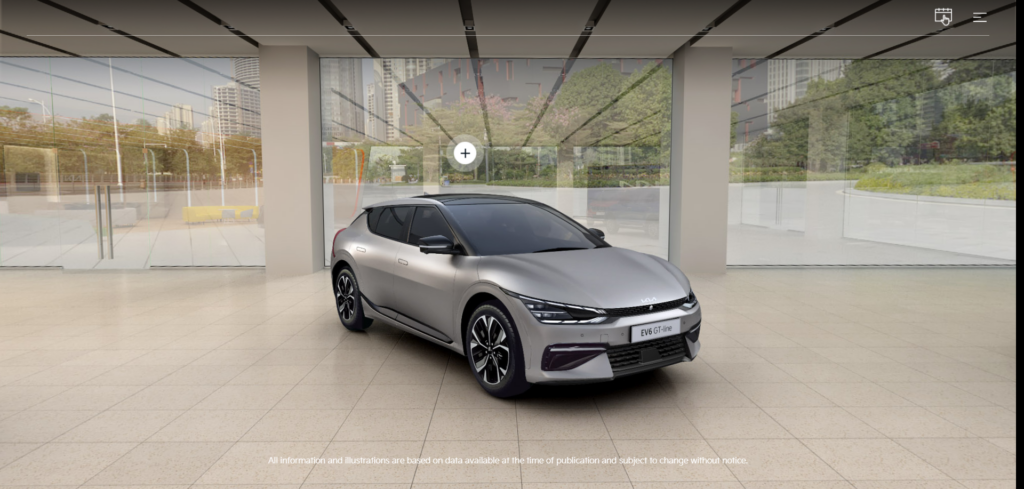
Toyota’s Virtual Showroom Experience
Toyota has embraced the virtual showroom concept with its own platform, allowing customers to explore various models in a 3D space. This innovative approach not only showcases the vehicles but also provides detailed information about specifications, features, and financing options. The virtual showroom enhances customer engagement by offering a convenient way to browse without visiting a physical dealership. Explore more at Toyota’s Virtual Showroom.
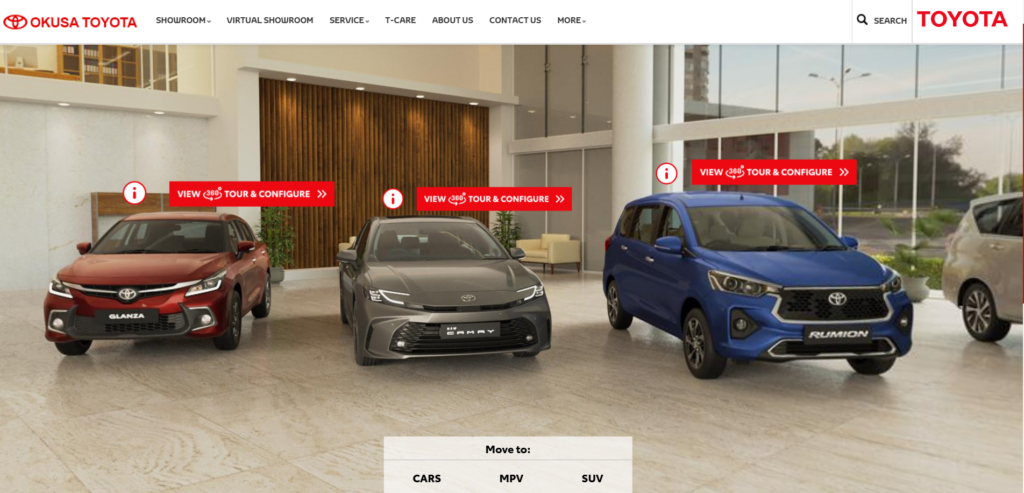
LG’s Contribution to Virtual Showroom Technology
LG is at the forefront of commercial display solutions that support virtual showrooms. Their technology enables businesses to create visually stunning digital environments that captivate customers. By integrating high-quality displays with interactive elements, LG helps brands deliver memorable experiences that drive customer interest and sales. Learn more about LG’s offerings at LG Commercial Display.
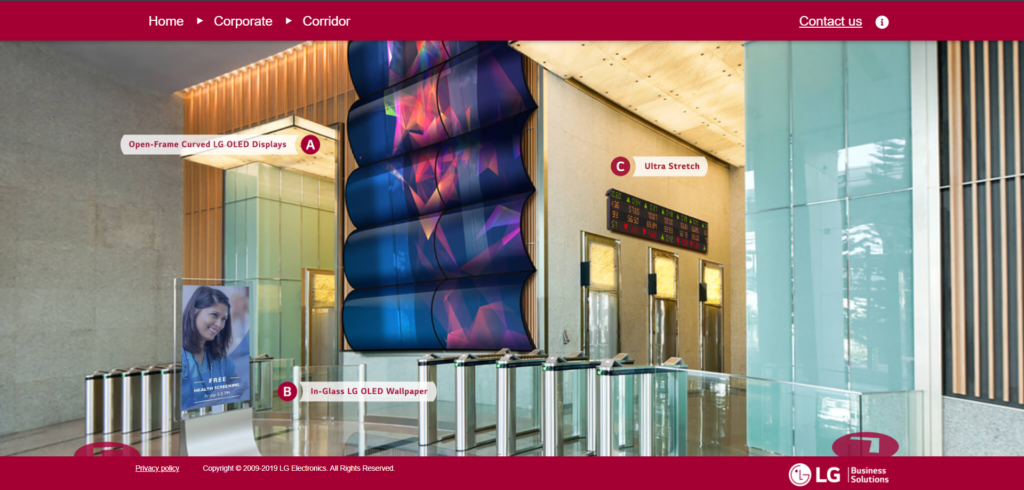
BMW’s Performance Motors Virtual Showroom
BMW has developed a sophisticated virtual showroom for its Performance Motors division, where customers can explore various models in detail. The platform offers an engaging user interface that allows potential buyers to customize their vehicles, view them from different angles, and learn about performance features. This level of interactivity enhances customer satisfaction by providing a comprehensive understanding of the vehicle before making a purchase. Discover more at BMW Performance Motors.
Nissan’s Virtual Showroom Initiative
Nissan has launched its own virtual showroom, enabling customers to experience their favorite models from anywhere. The platform offers detailed visualizations and interactive features that allow users to explore vehicle specifications and options seamlessly. This initiative not only improves accessibility but also fosters a deeper connection between customers and the brand. Check out Nissan’s virtual showroom at Nissan India.
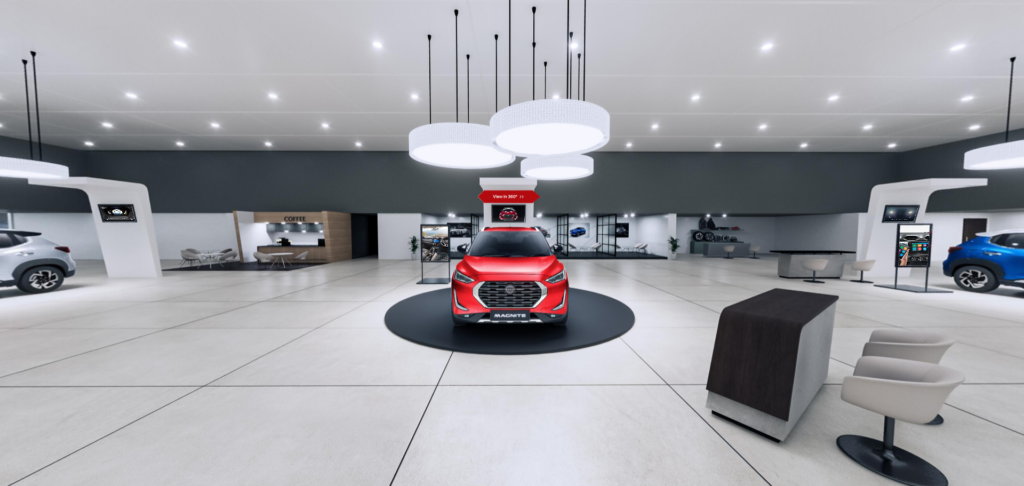
Baker Furniture’s Innovative Use of Matterport
Baker Furniture has adopted Matterport technology to create an immersive virtual showroom that showcases its premium furniture collections. Customers can navigate through beautifully designed spaces, examining each piece in detail. This approach enhances the online shopping experience by allowing potential buyers to visualize how products will fit into their homes. Experience Baker Furniture’s showroom here: Baker Furniture Matterport.
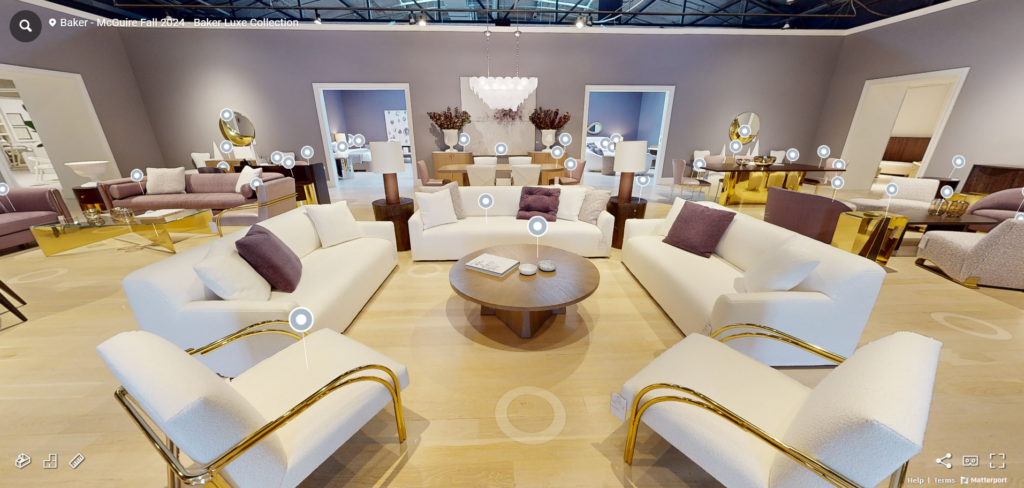
Virtual showrooms represent a significant advancement in how businesses interact with customers online. By leveraging innovative technologies like 3D modeling, AR, and VR, companies can create engaging experiences that drive sales and enhance customer satisfaction. Understanding the costs associated with development and maintenance is vital for successful implementation. With careful planning and execution, a virtual showroom can be a powerful tool for expanding your business’s reach and improving customer engagement.

